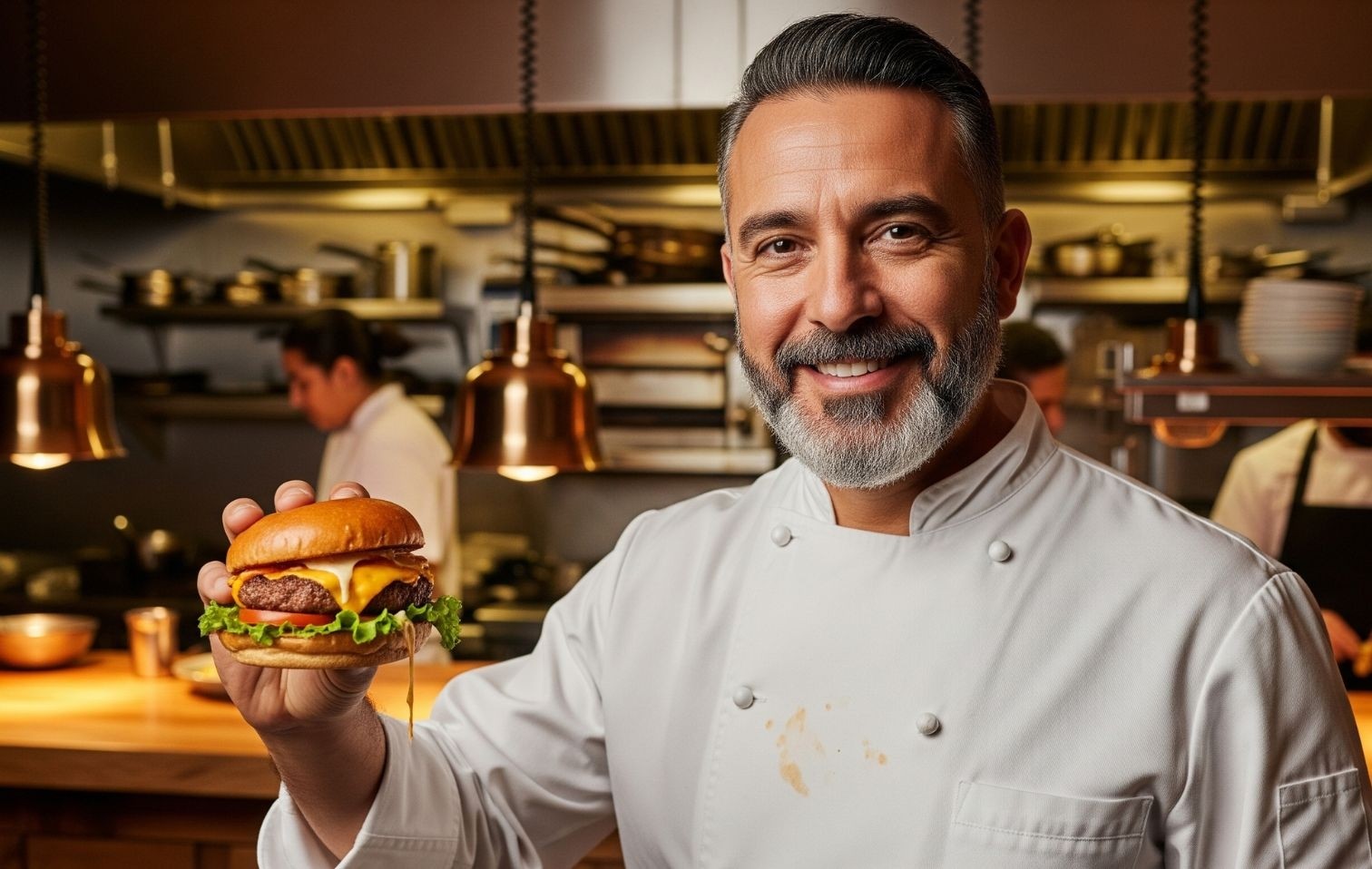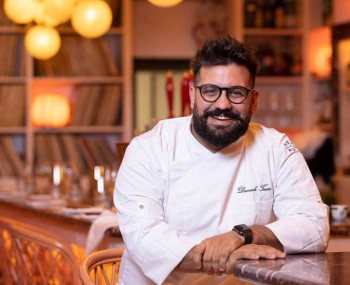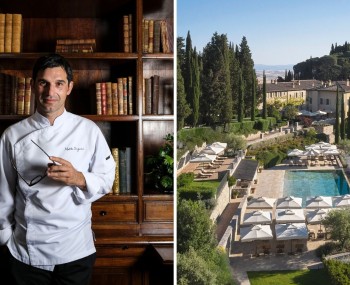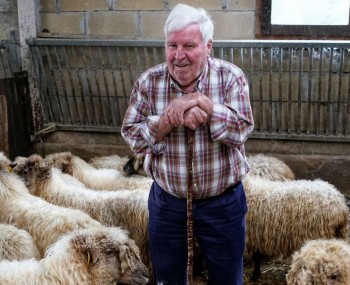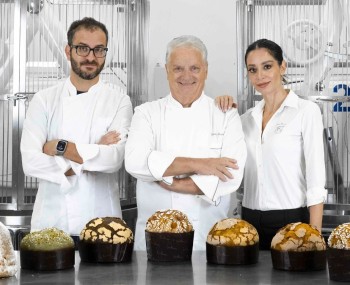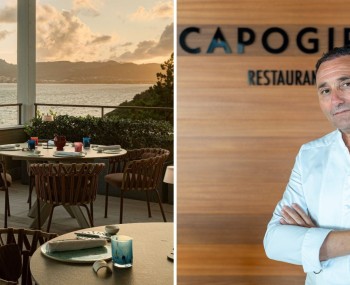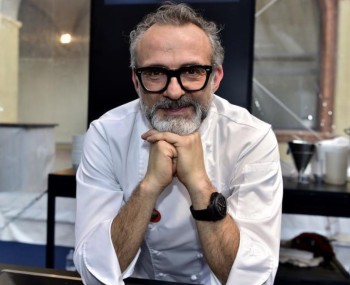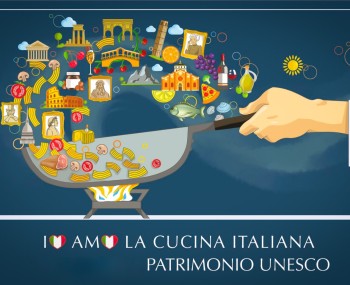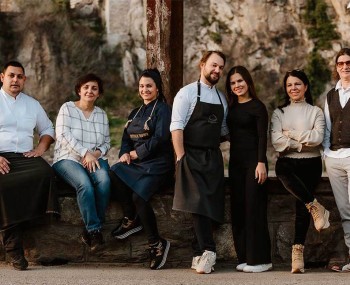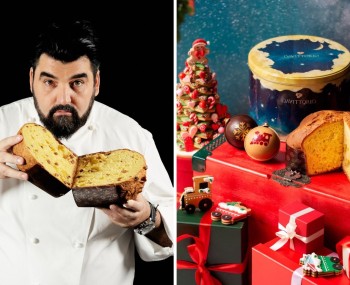“Total? Three euros. Selling price? Fourteen. Net profit per unit? Eleven euros. The numbers speak for themselves.” Vicente Nicolau explains why the best source of income is a restaurant that serves burgers.
Cover for illustrative purposes
The opinion
Some people search for gold in mines, while others, like Vicente Nicolau, find it between two slices of bread. A seasoned restaurateur and the brains behind Las Brasas Steak House in Mallorca, Nicolau revealed in a podcast interview with Adrián G. Martín—reported by InfoBae—a truth that many in the industry whisper but few openly admit: if you really want to make money in the restaurant business, hamburgers are your best ally. Behind his calm demeanor and measured tone, Nicolau candidly recounts his experience with a hamburger restaurant that, between 2013 and 2014, earned him between €3,000 and €4,000 net per week. Per head. And there were two of them. In a gastronomic landscape often dominated by the pursuit of haute cuisine, Michelin-starred tastings, and cover-worthy plating, his testimony reminds us that the real gold mine can be hidden in the simplest dishes, as long as they are well thought out and expertly managed.
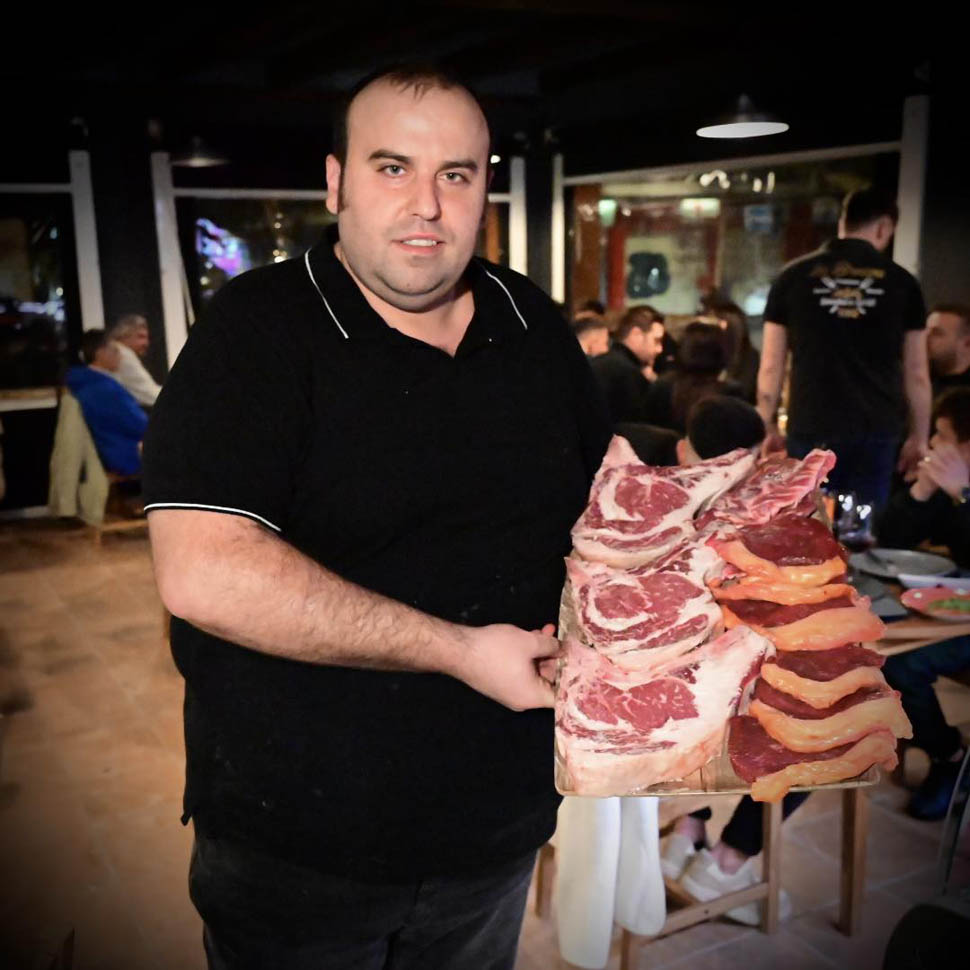
The secret, says Nicolau, lies in a carefully calibrated mix of low costs and high yields. A hamburger, if prepared intelligently, can have a profit margin of close to 50%. This is much higher than the 25% considered normal for most traditional restaurants. “There is still a lot of room for growth in fast food,” says the Majorcan entrepreneur with conviction, pointing out that this sector represents one of the most promising niches in contemporary catering. His “secret recipe” – although on closer inspection it is anything but secret – is as pragmatic as it is ingenious: “30% sirloin, 30% tenderloin, 30% rump or cheaper beef.” This combination results in tasty meat at a cost of around 7.50 euros per kilo. In practical terms, this means that a 100-gram hamburger costs just 75 cents in meat, with a symbolic addition for lettuce, tomato, and cheese. Total? Three euros. Selling price? Fourteen. Net profit per unit? Eleven euros. The numbers speak for themselves.
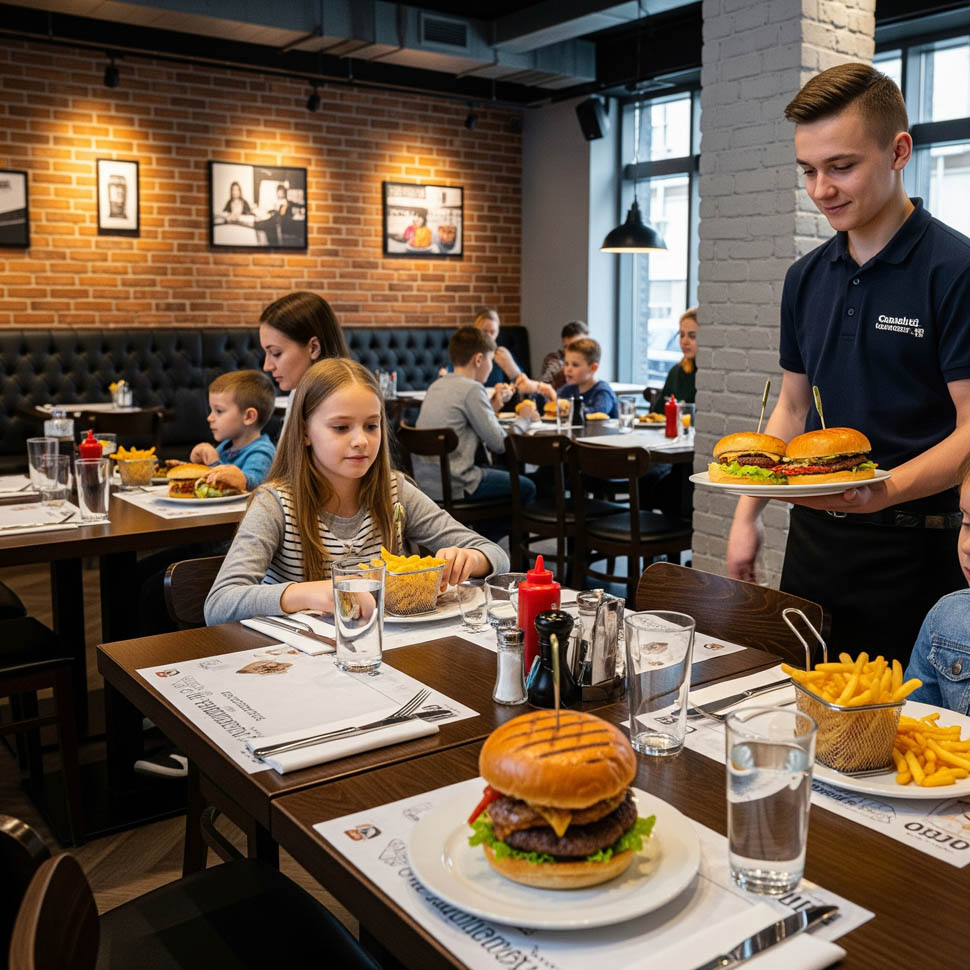
The hamburger, it must be said, is a gastronomic chameleon. Born in Hamburg, raised in American fast food restaurants and now adopted in every corner of the planet, it has been reinvented countless times: smash burgers, gourmet burgers, double portions, vegan versions, and oriental fusion. It is street food, comfort food, but also a status symbol, especially when paired with unusual ingredients or sophisticated preparations. It is therefore no surprise that it now features in culinary rankings and international competitions, such as “The Champions Burger,” where the most daring creations compete against each other in a battle of flavors. This versatility also makes it perfect for those looking to do business: predictable costs, standardizable recipes, and appeal across different target audiences. In other words, it is the ideal product for a scalable business. Many investors in the franchising sector are well aware of this, seeing fast food as one of the fastest-growing businesses, up to 30% more than traditional restaurant formats. In Spain, as in many other European countries, opening a restaurant means facing a jungle of expenses and bureaucracy: high rents, staff to train and salaries to pay, rising raw material costs. In such a context, every euro earned must be measured to the cent. That's why choosing the right format is crucial from the outset.
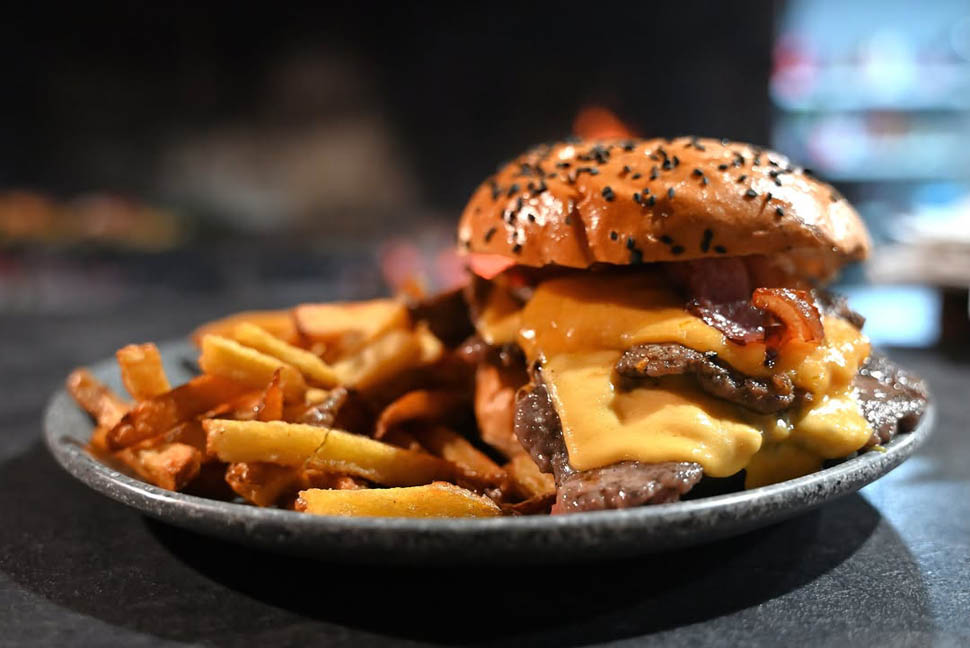
Nicolau leaves no room for romanticism: before raising the shutters, you need to conduct a serious market analysis. You need to understand the neighborhood, the target market, the purchasing power and, above all, how much customers are willing to spend on a particular type of dish. For him, hamburgers have the advantage of being a popular choice without being banal, lending themselves to being reinvented and offered in a thousand different variations. But the key factor is always the economic sustainability of the entire operation. Vicente Nicolau's story is not just an individual success story, but a real lesson in entrepreneurship applied to the restaurant business. It proves that with simple ingredients and a clear vision, it is possible to create a solid and profitable business. Of course, minced meat is not enough: you also need passion, management skills, attention to margins, and a constant eye on market trends.
